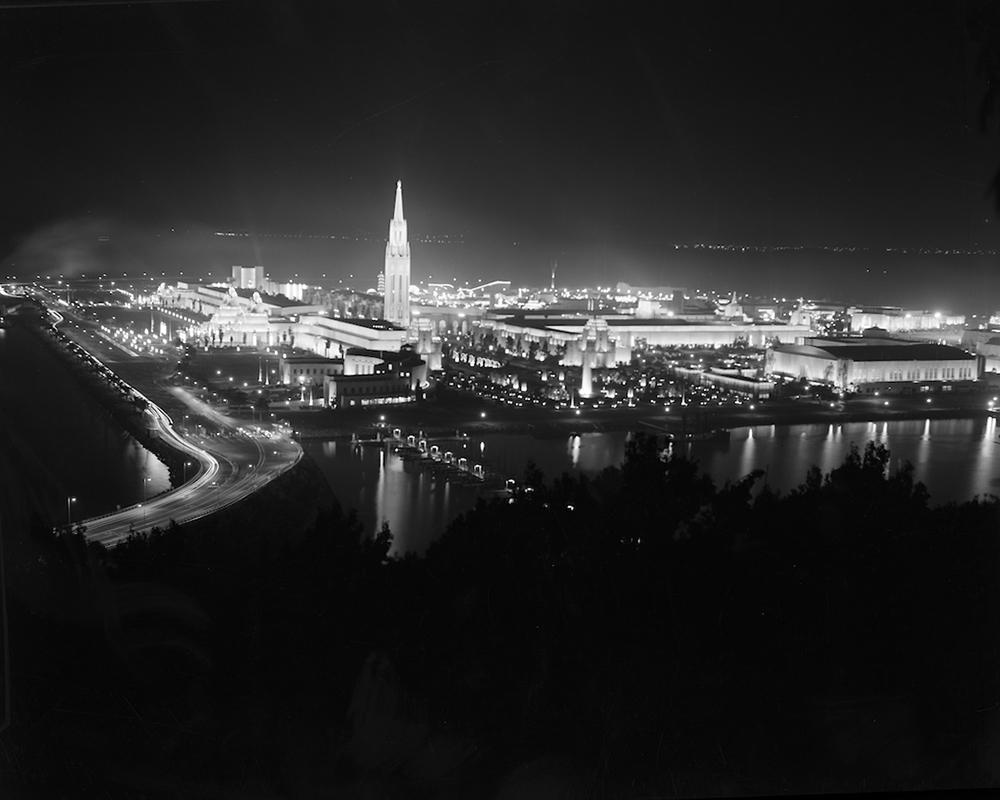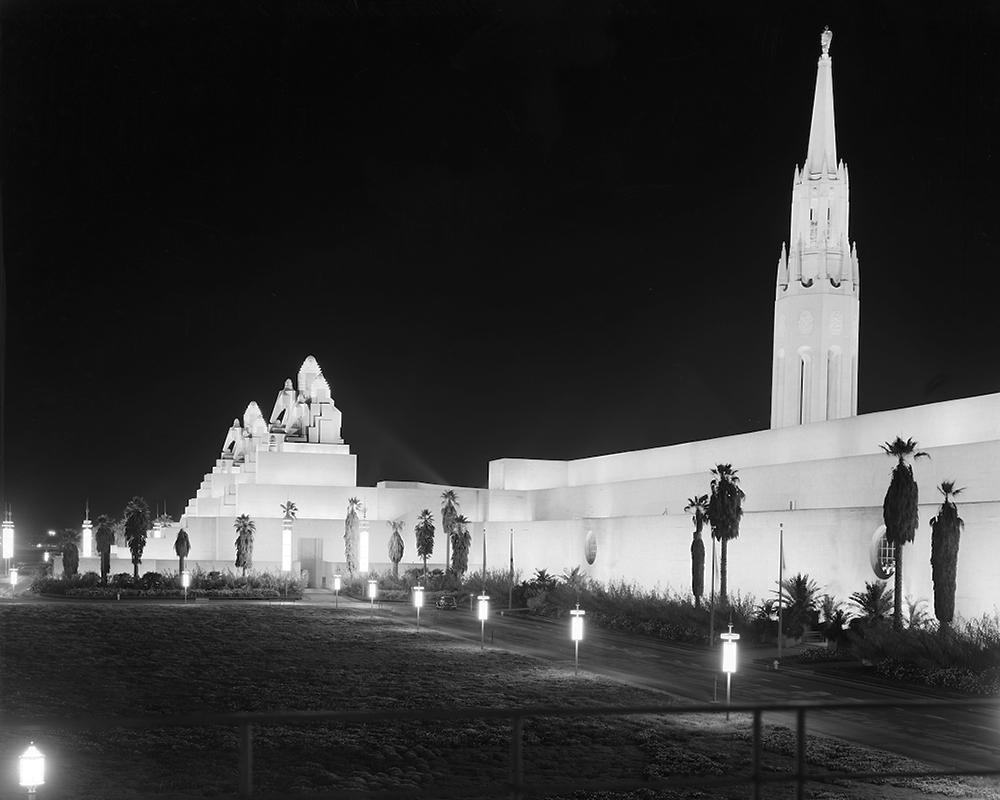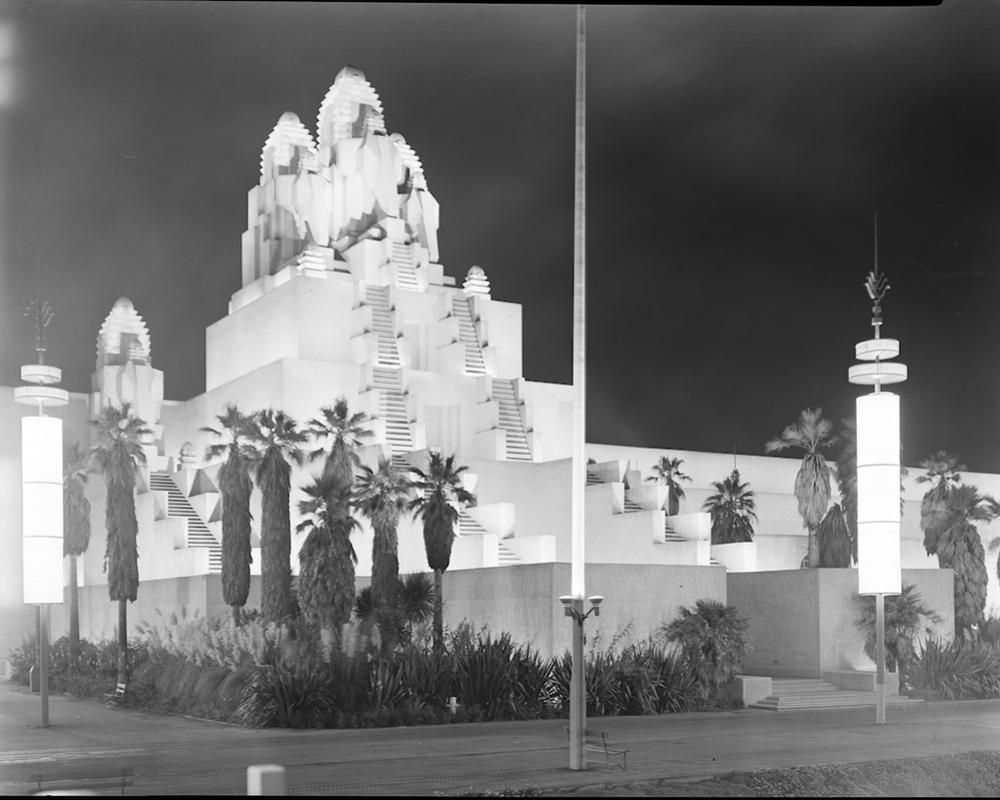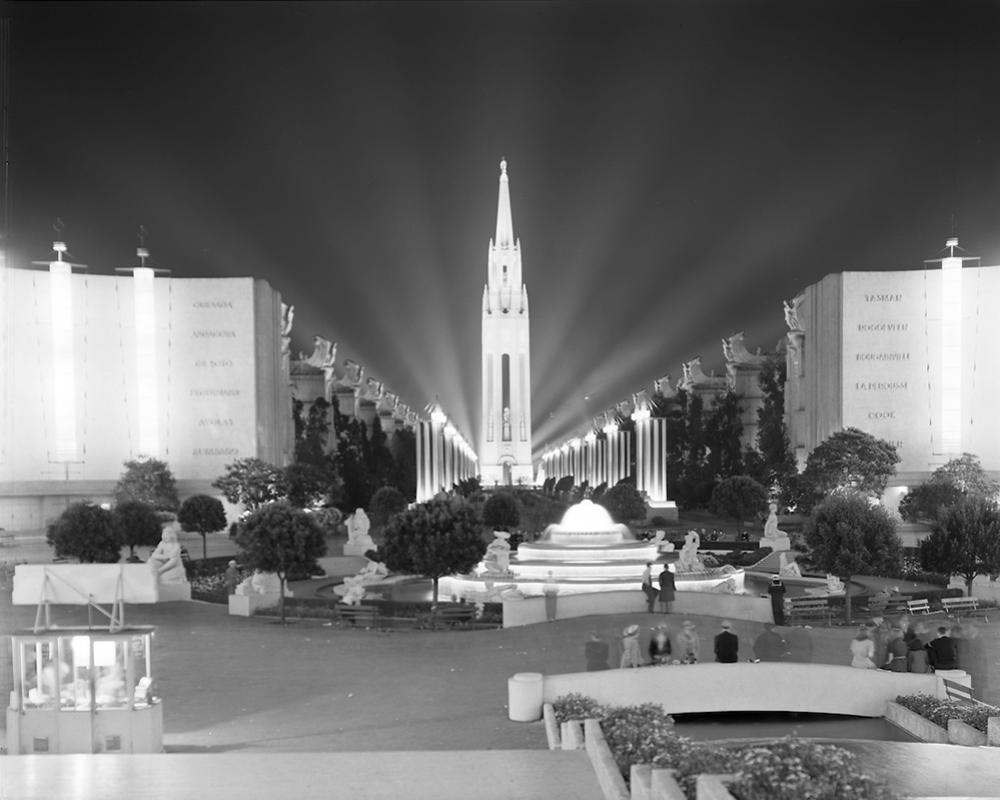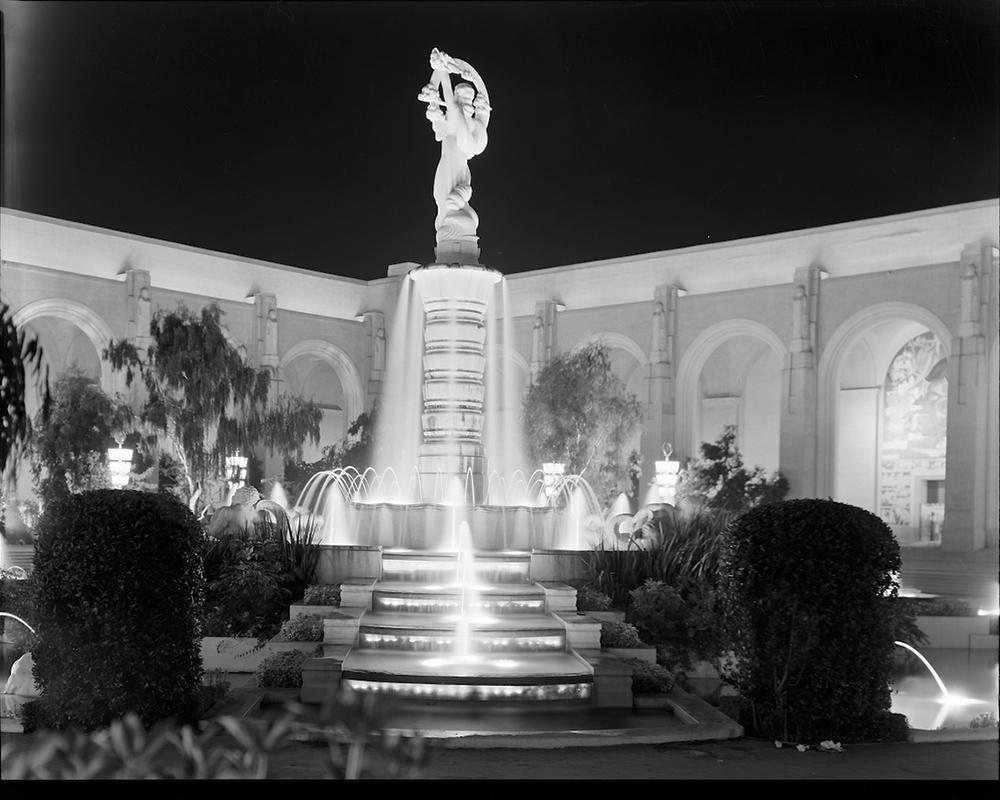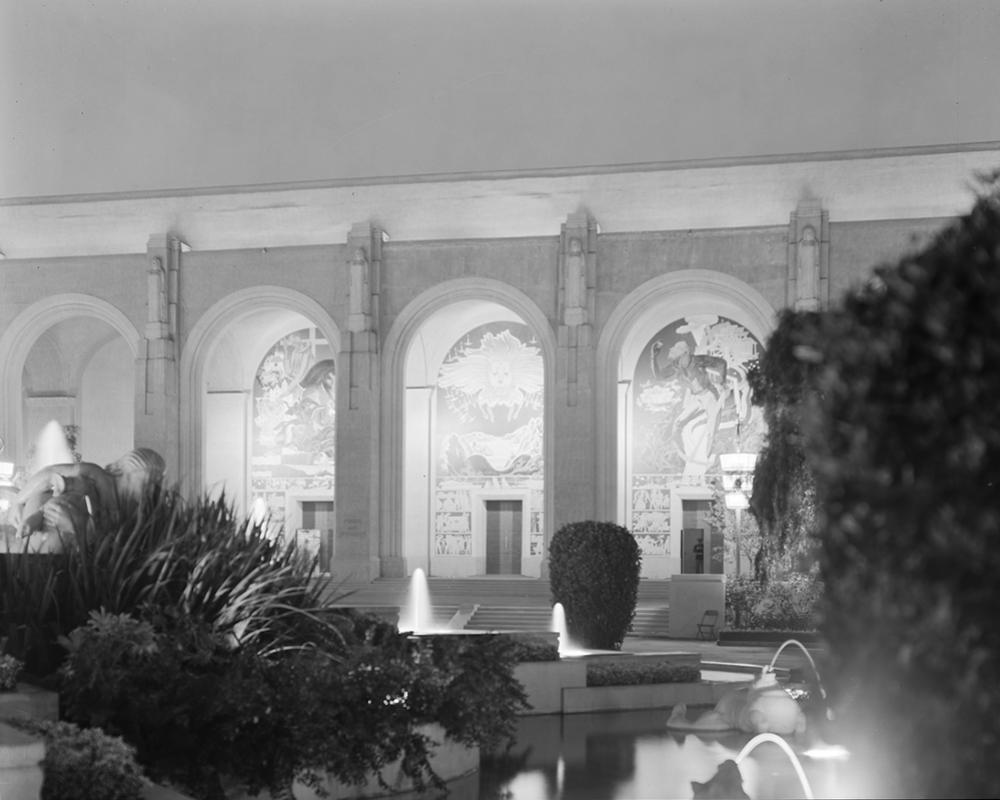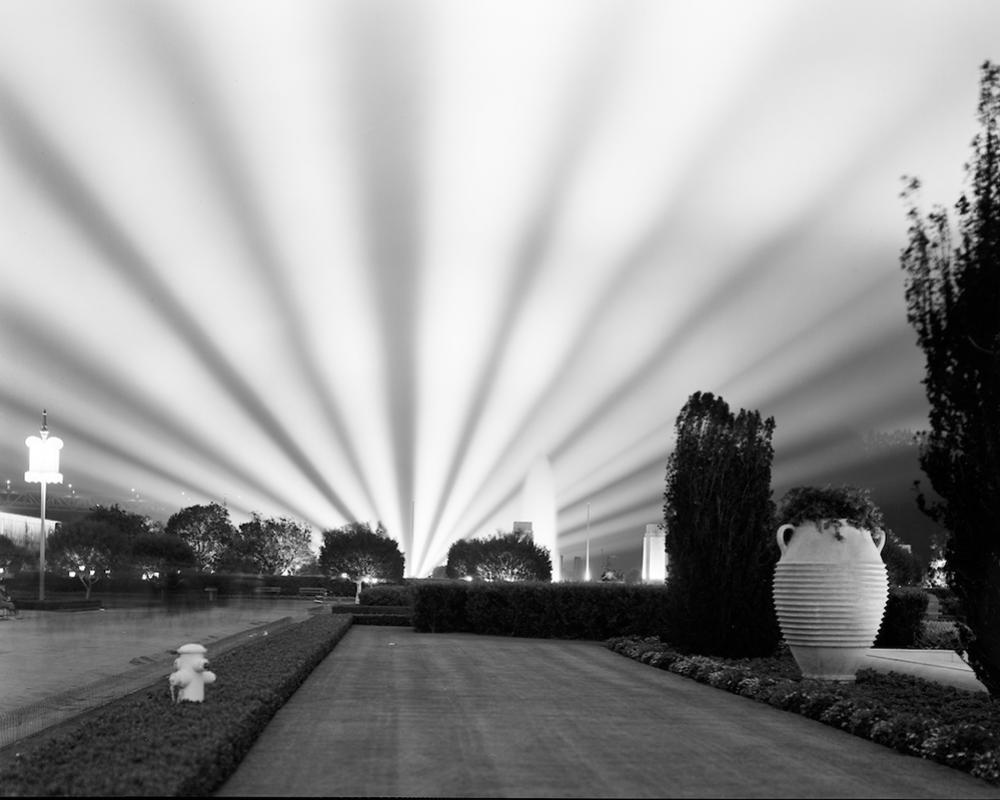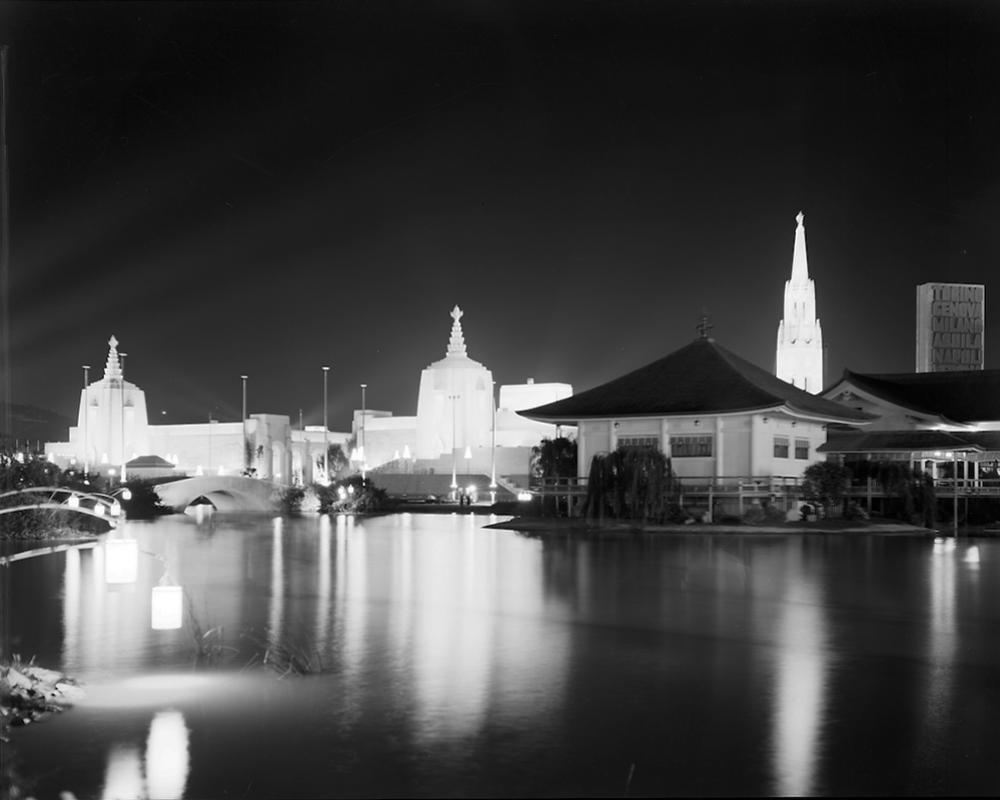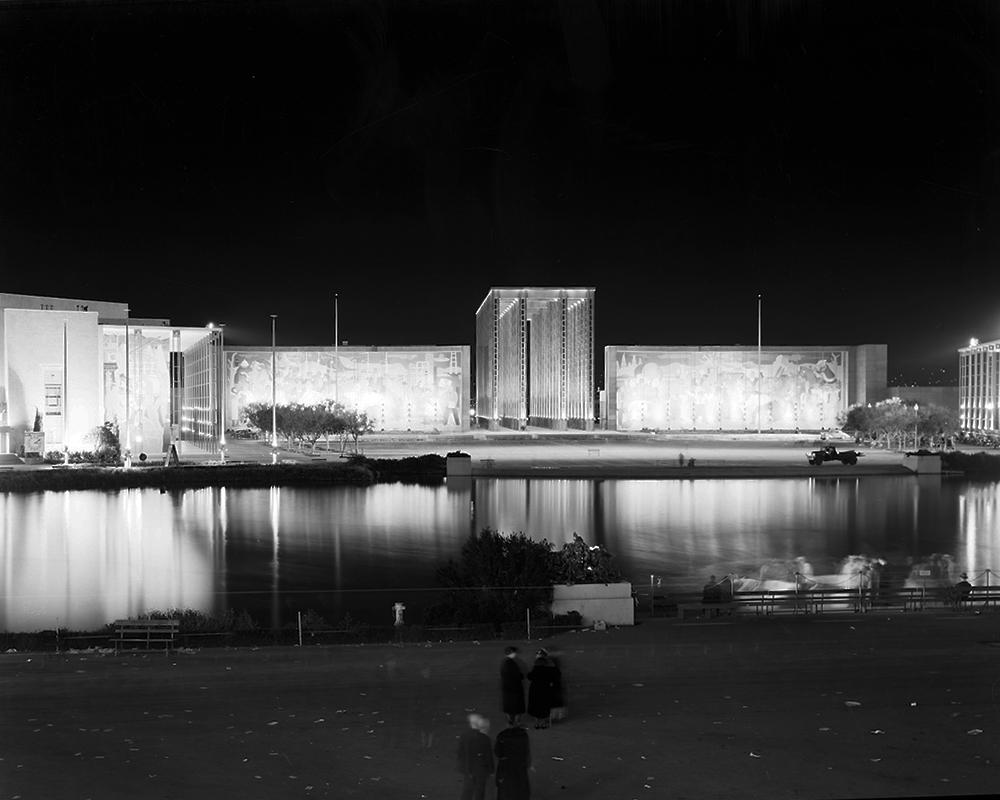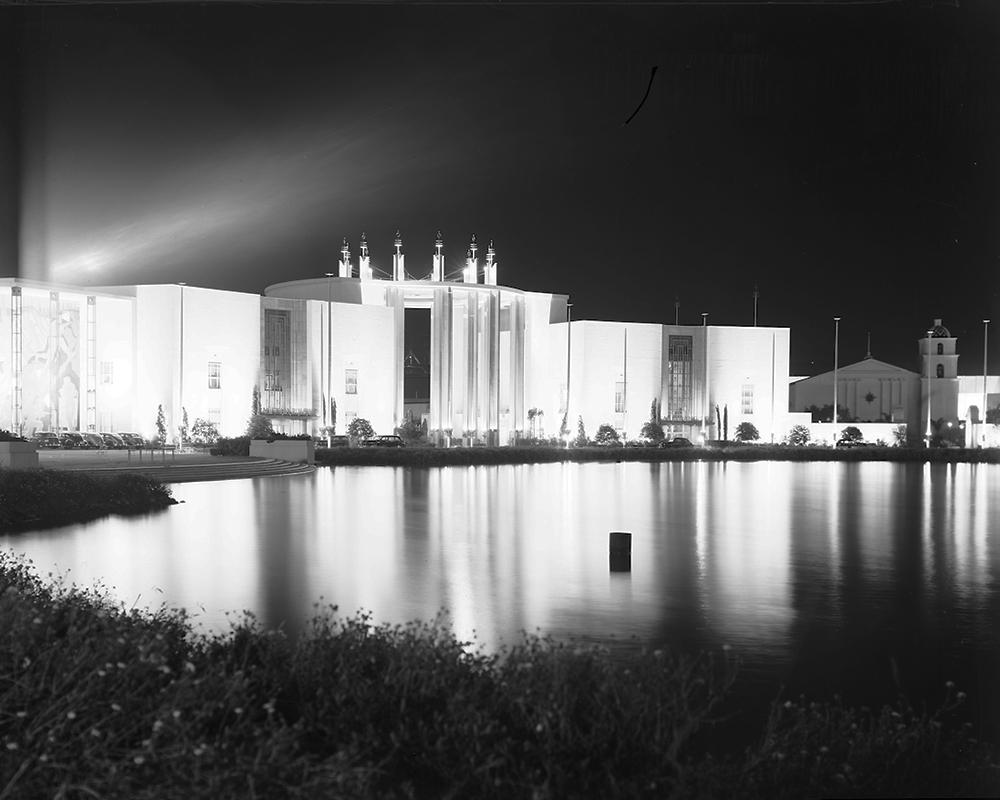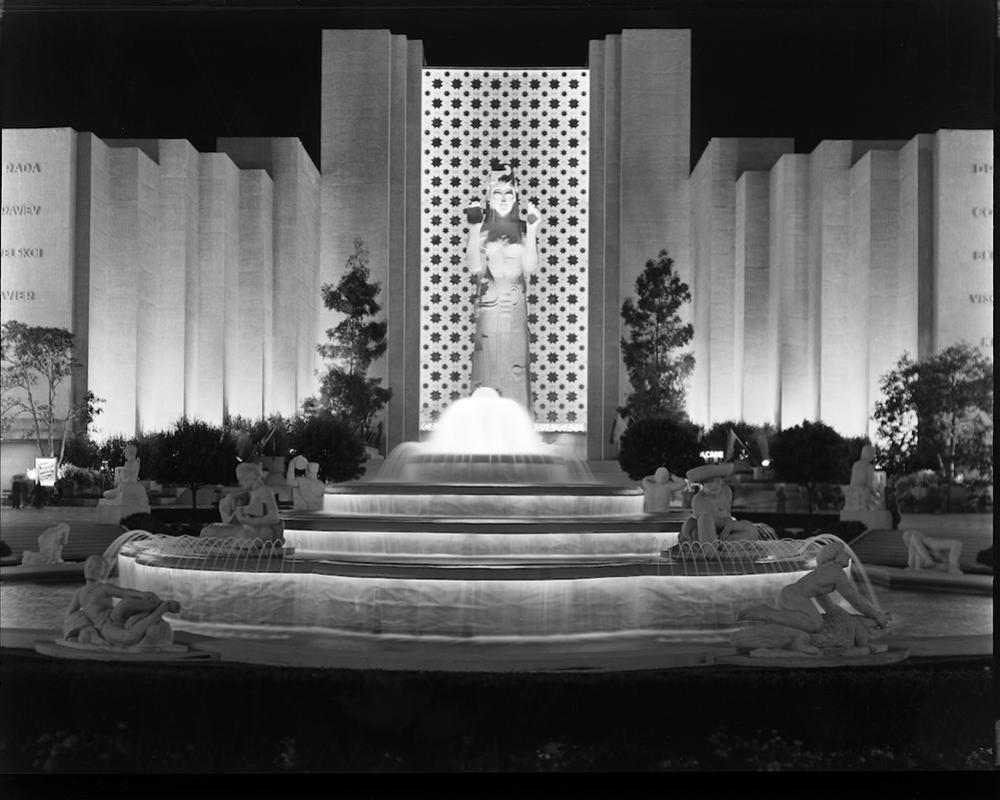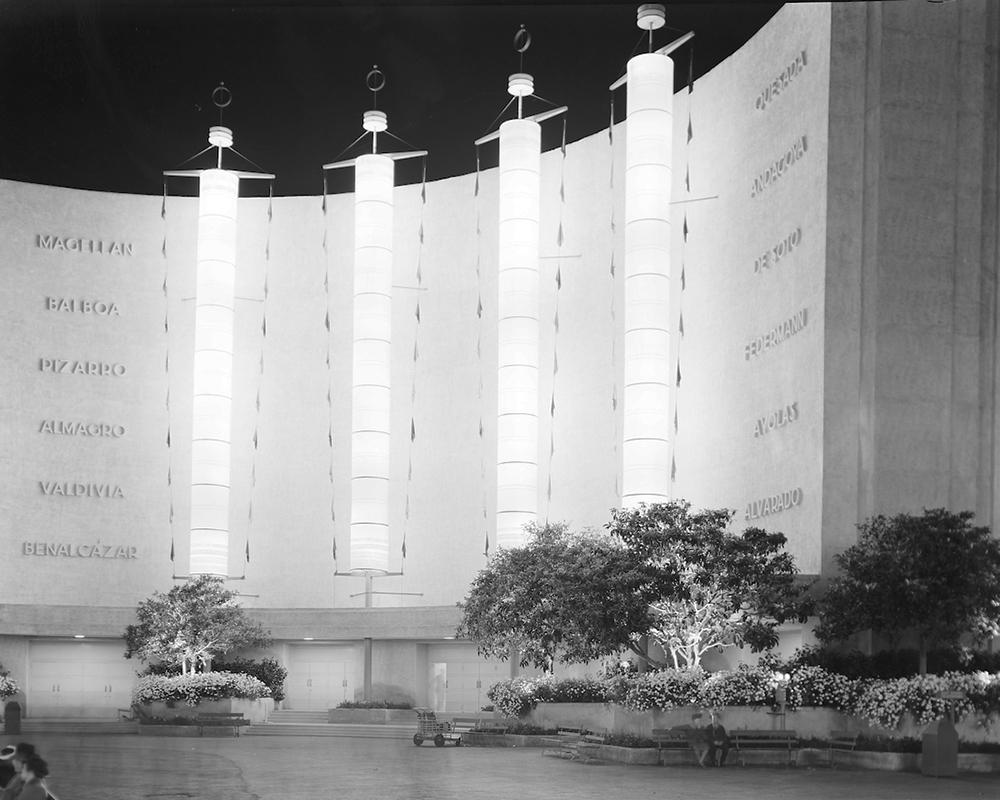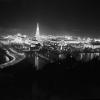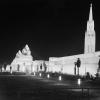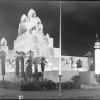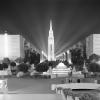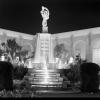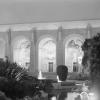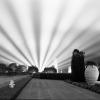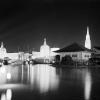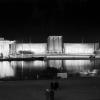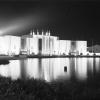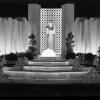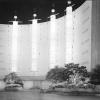An Island of Treasures- 80th Anniversary of the GGIE
Monday, February 18, 2019 marks the 80th Anniversary of the opening of the Golden Gate International Exposition. The GGIE, which took place in 1939 and 1940, was a spectacular world's fair held to celebrate the openings of the Bay and Golden Gate Bridges. Here in the SFMTA Photo Archive, we recently digitized a remarkable set of large-format photographs taken of the fair buildings and are sharing some of them here in celebration of the anniversary.
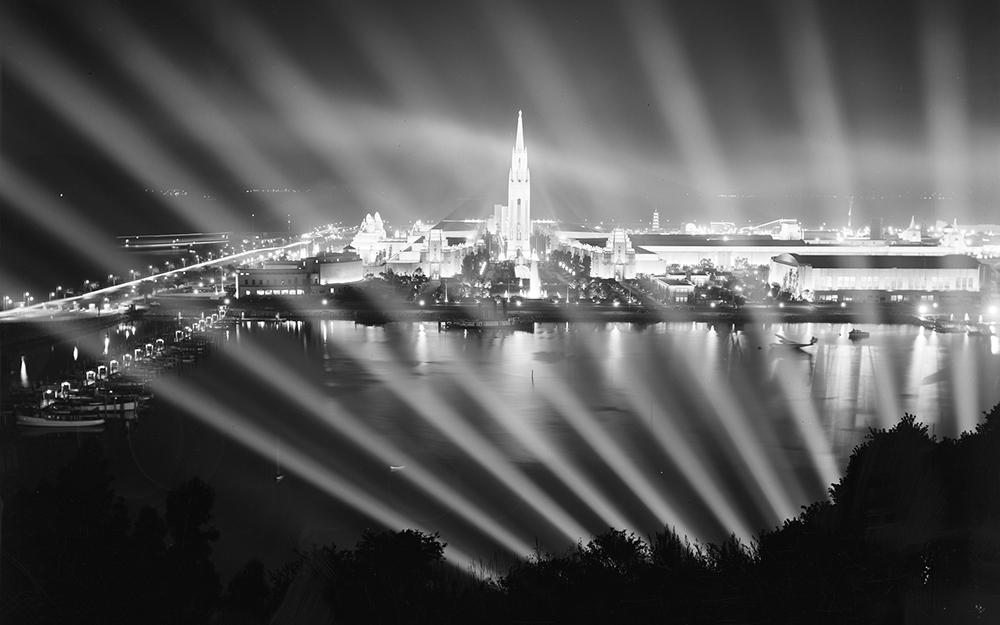
A view of Treasure Island and the brightly lit fairgrounds taken from Yerba Buena Island at night circa 1939.
To host the fair, the US Army Corps of Engineers built Treasure Island, a roughly 400-acre flatland that would eventually become part of San Francisco. In February 1936, work started to dump hundreds of thousands of tons of rock and sand on top of natural rock shoals just north of Yerba Buena Island, forming the foundation of the fair site.
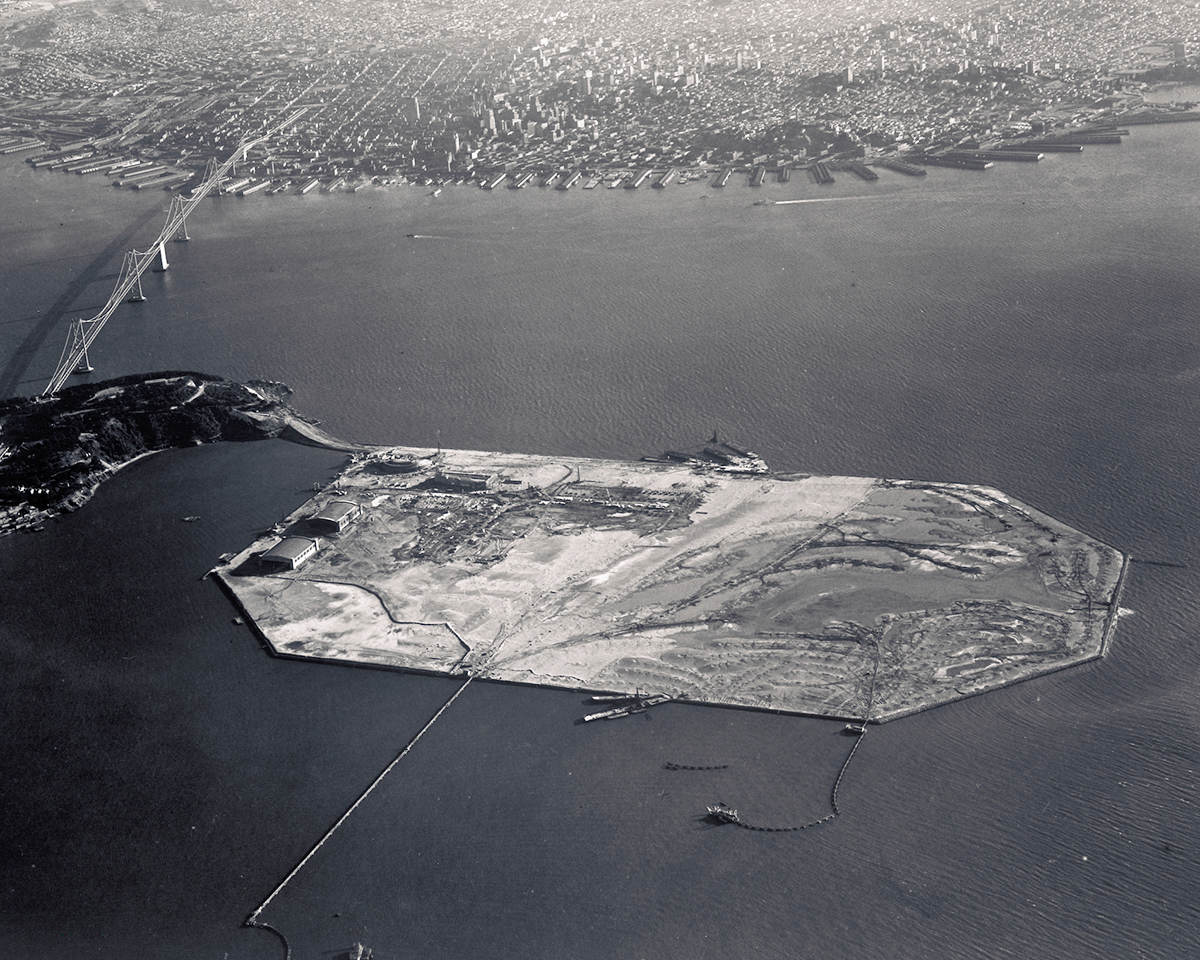
This aerial view shows Treasure Island under construction circa 1937-38. The fair site is starting to take shape on the south end of the island towards Yerba Buena Island. On the north end, work is still underway to fill the area that would later become massive 12,000-car parking lots.
By 1939, a spectacular walled city had been constructed, complete with everything from a 40-acre amusement park (called the "Gayway" and featuring "Nearly every conceivable type of amusement concession..."), 230 acres of planted gardens, and the 400-foot tall centerpiece, "Tower of the Sun".
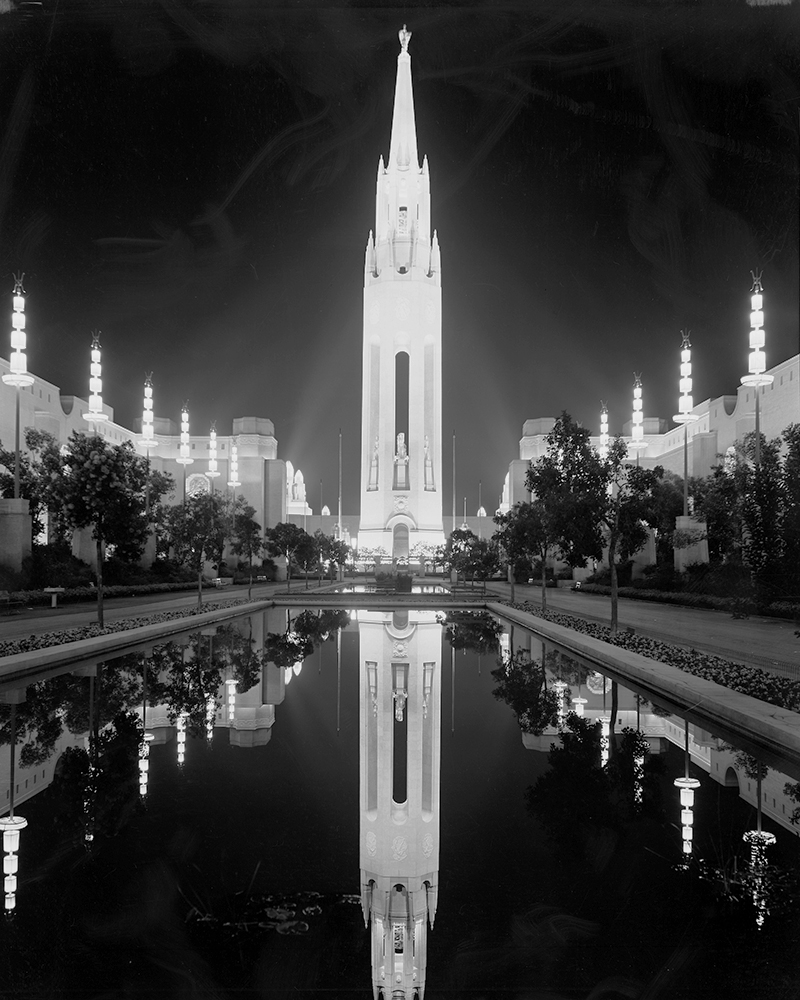
The centerpiece of the fairgrounds was the 400-foot tall "Tower of the Sun", which was illuminated nightly by powerful searchlights.
The fair's theme, "Pageants of the Pacific" drove many of the cultural and economic exhibits, including pavilions dedicated to nations touching the Pacific Ocean.
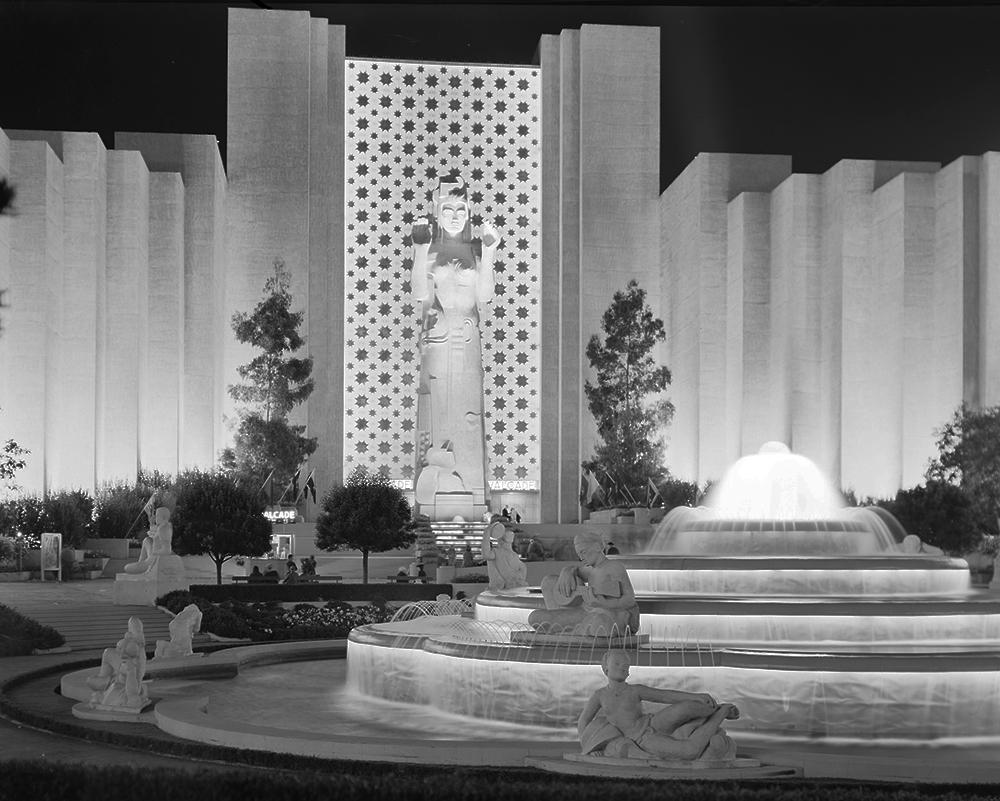
While this black and white photo doesn't do full justice to the incredible colored light displays at the fair, it does give a sense of the scale of the grandeur. Here, the 80-foot tall statue "Pacifica" towers above a plaza filled with fountains, landscaping and statues.
Aside from the exhibits, the fair was filled to the brim with architectural and artistic masterpieces, including massive sculptures and murals depicting various scenes and subjects, many by local artists. At night, light displays bathed every surface of the grounds in extravagant colors to highlight building details, landscaping, and even UV light sensitive paints that were not visible in normal daylight.
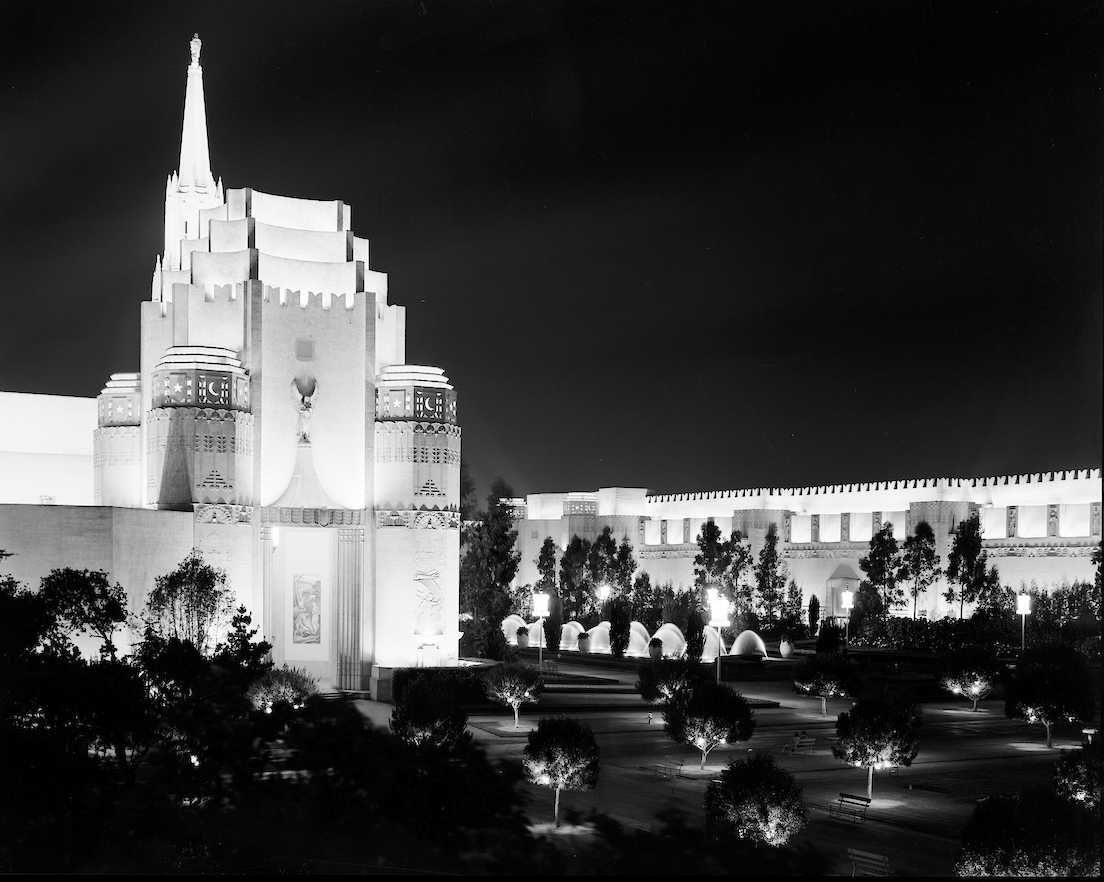
This view shows the "Court of the Moon" and adjacent landscaped plazas.
The fair had a lasting impact on San Francisco and the wider Bay Area. Not only did it draw more than 10.5 million people in 1939 alone but the entire region saw economic benefit from tourism. Soon after closing, the site of the fair became an important naval base for WWII's Pacific Theater operations and by 1997 was San Francisco's newest neighborhood.
If this hasn't satisfied your thirst for GGIE history, check out the SF Public Library's exhibit of original souvenirs, photos, and ephemera from the fair. And see more historic transit photos at the SFMTA Photo Archive website and on Instagram!

